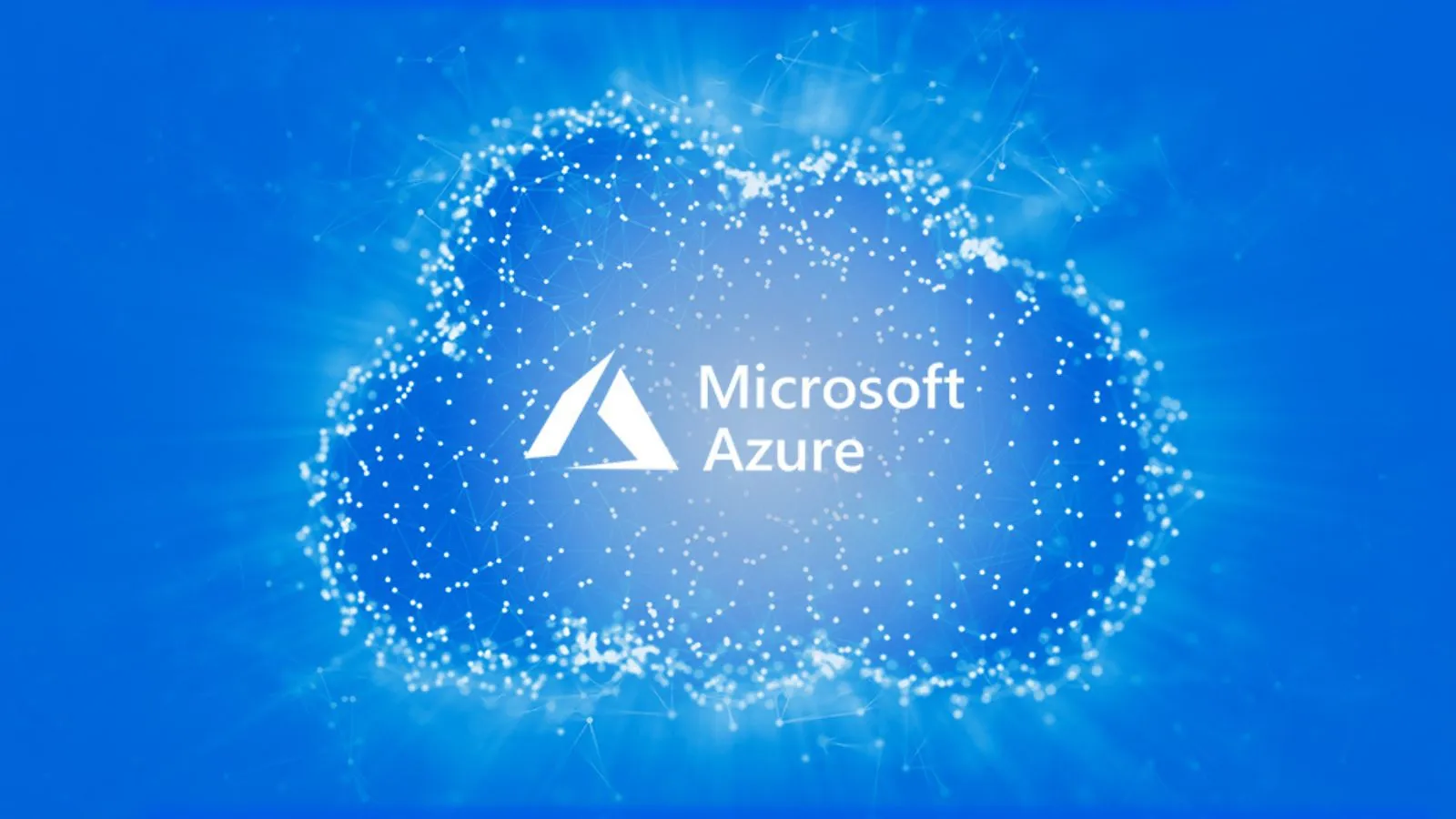
Mastering Tape to Cloud Migration: Securing Future Data Accessibility

As organisations around the world confront the complexities and demands of the digital era, data accessibility becomes an increasingly critical aspect of operational efficiency and long-term strategic planning. With an expanse of historical data often locked away in magnetic tape storage, mastering the technique of tape to cloud migration is becoming an essential strategy for businesses aiming to secure their future in a digital-first environment. This article sheds light on the importance, challenges, and strategies concerning migrating data from outdated storage media to more accessible and resilient cloud-based solutions.
The Importance of Tape to Cloud Migration
Data held on magnetic tapes, while once a staple of data storage strategies, is fraught with risks and lost opportunity in today's fast-paced digital ecosystem. As the volume of data skyrockets and the velocity of business operations accelerates, the ability to access and utilise data with speed and precision becomes non-negotiable.
Transitioning from tape-based systems to cloud storage is not simply a matter of moving data; it's an overhaul of data management practices that paves the way for innovation, agility, and more informed decision-making processes. Cloud storage solutions offer numerous advantages including enhanced data security, disaster recovery, and scalability that physical tape storage cannot easily provide.
Challenges of Tape to Cloud Migration
Despite the clear benefits of a cloud-first data strategy, many organisations face a gamut of challenges during the migration process. These challenges include technological barriers, data integrity issues, and the sheer scale of data volumes stored on tapes that have accumulated over years or even decades. Added to this is the expertise required to handle legacy data formats and the need for meticulous planning to ensure business continuity during the migration process.
Developing a Strategy for Migration
A successful tape to cloud migration demands a well-crafted strategy that addresses both technical and organisational demands. The migration process should begin with a comprehensive audit of existing tape data, prioritising what needs to be moved and what can be archived or discarded in compliance with data retention policies. Robust data governance and classification practices play a critical role at this stage.
The complexity of migration also calls for a phased approach where data is moved incrementally, reducing the risk of downtime and allowing for troubleshooting without affecting the entire organisation. Partnering with experts who specialise in data migration and have familiarity with both legacy systems and modern cloud infrastructure can dramatically streamline the process.
Secure Data Transfer and Compliance
Migrating sensitive and regulated data from tapes to the cloud requires adherence to strict security protocols to protect data in transit and at rest. Data encryption, both during the transfer and once stored on the cloud, is a fundamental part of safeguarding against data breaches and leaks. Compliance with industry regulations and standards also necessitates a considered approach, where data protection is built into the migration strategy from the outset.
Once the data is securely transferred to the cloud, organisations can realise the full potential of cloud services. The ability to integrate with advanced analytics, machine learning, and artificial intelligence tools on the cloud enables businesses to extract actionable insights from their historical data, yielding competitive advantages previously untapped due to the limitations of tape-based storage.
Realising Future-Proof Data Accessibility
The completion of a tape to cloud migration project marks the beginning of an organisation's transformed relationship with its data. With data now accessible in real-time, collaboration is enhanced, and the scalability of cloud storage means that businesses can adapt as their data requirements grow, without the need for further physical infrastructure investments.
Moreover, cloud storage solutions offer robust data backup and recovery features that are crucial for disaster recovery and business continuity planning. The risks associated with data loss, degradation of magnetic tapes, and the obsolescence of tape-reading hardware are mitigated, ensuring that data remains accessible for years to come.
Investing in the Future
Investing in tape to cloud migration is essentially an investment in an organisation's agility and resilience. It enables businesses to break free from the constraints of legacy systems, contributing to smoother operations and facilitating a culture that values data-driven insight. The initial cost and effort involved in migration are offset by the long-term efficiencies and strategic benefits that the cloud environment provides.
It is essential for businesses to recognise the importance of partnering with experienced data migration specialists who can guide the transition, help avoid common pitfalls, and ensure that data integrity is maintained throughout the migration process. Such expertise can make the difference between a cumbersome, error-prone process and a seamless transition that sets the organisation on a clear path to digital transformation.
Conclusion
Mastering tape to cloud migration is an actionable path towards securing future data accessibility. Given the rapid evolution of data-driven technologies and the growing reliance on strategic analytics, making historical and operational data readily available in a cloud environment is not just a convenient option but a strategic imperative.
In an era where data is as valuable as currency, ensuring it is stored, managed, and utilised in the most efficient manner possible is critical. Tape to cloud migration is the bridge that connects the past to a data-empowered future, allowing organisations to not only preserve their history but also leverage it to drive innovation and sustain competitive advantages in a fast-changing digital landscape.















